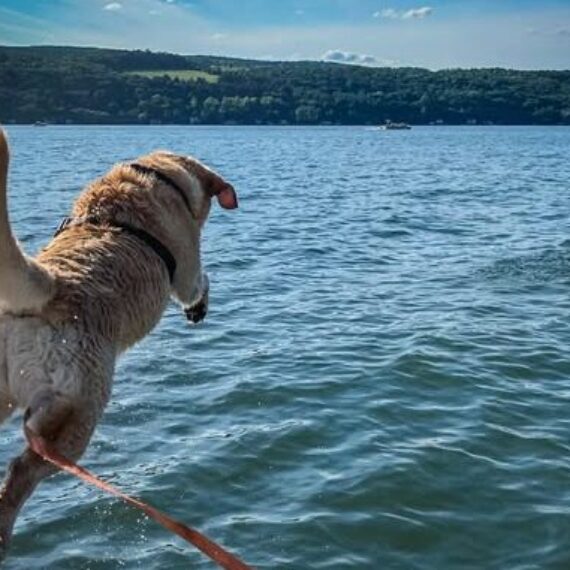The Red Flag Monitoring began in 2010 with the Cayuta-Catatonk Water Watch volunteer group.
The goal of this type of monitoring partnership is to establish baseline water quality for parameters related to shale gas wells, specifically hydrofracking; and should hydrofracking begin in New York, to document whether impacts on streams and lakes occur as a result.
Red Flag monitoring places a focus on small streams and creeks for which little to no water quality data exists. Red Flag monitoring has the potential to document both catastrophic contamination events such as chemical spills and gradual degradation that could result from small impacts accumulating over a period of months or years.










